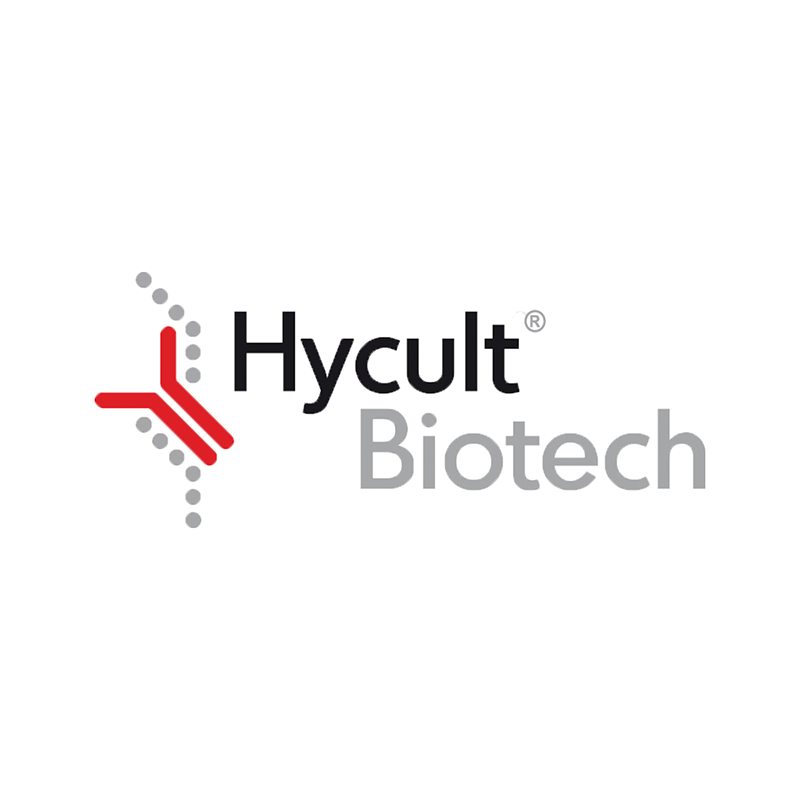
Description
Specifications
Documents
Literature & Videos
Need Product Assistance?
Our experts are here to help! Contact us for technical support, product recommendations, or order assistance.
- Choosing a selection results in a full page refresh.
- Opens in a new window.
Checking permissions...

